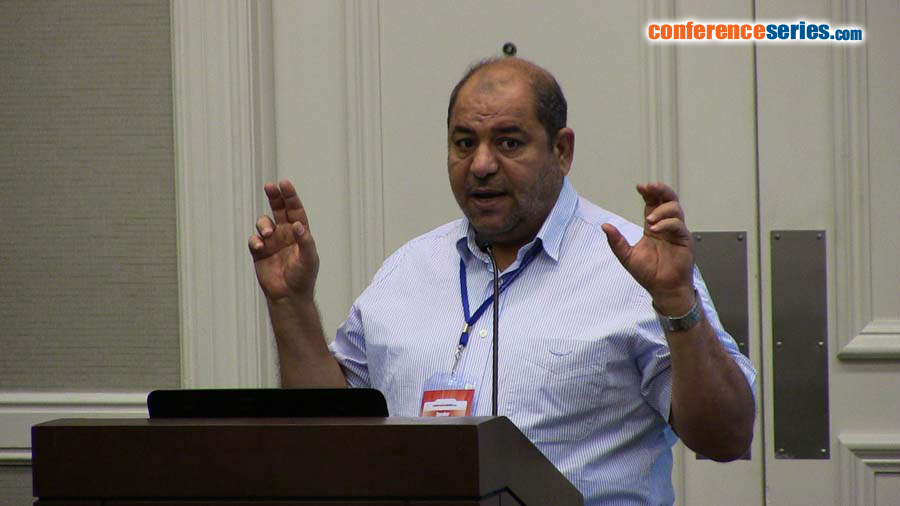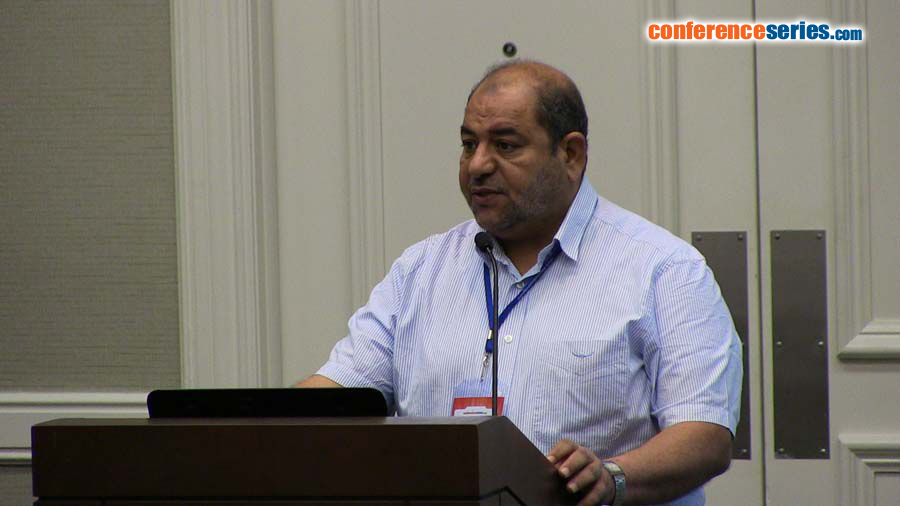Abulkhair Beatti
Prince Sultan Military Health College,Saudi Arabia
Title: A new understanding of interferential current energy transfer in tissue
Biography
Biography: Abulkhair Beatti
Abstract
Background: Interferential current (IFC) has been used for pain reduction on the theoretical bases of producing maximum stimulation in the middle of the 4 electrodes of IFC, where the two currents intersect in the tissue. Therefore, the painful area is placed in the middle of the 4 electrodes of IFC to experience maximum stimulation and achieves maximum pain reduction. However, this application received poor support from literature. Thus, it was essential to clarify whether IFC reaches target deep tissues or not and if it does, where it produces the maximum stimulation.
Materials & Methods: IFC was applied via 4 electrodes, in a quadrant setting, to the distal medial thigh of 12 healthy subjects. Then 3 Tefl on coated needle electrodes, connected to Cambridge Electronic Design data acquisition system, were placed in the middle of the 4 electrodes of IFC, in line with one channel and outside the 4 electrodes of IFC. Voltage induced by IFC at frequencies of 4, 40 and 90 Hz was measured on separate occasions. Voltage readings were taken from 3 depths; skin, subcutaneous and muscle tissues.
Result: All voltages were greater at all depths and locations compared to the baseline (p<0.001). Lower voltages of all currents were recorded in the middle of the 4 electrodes with the highest voltage being recorded outside the four electrodes p=0.011.
Conclusion: The current results refute the traditional theory that IFC produces maximum stimulation where the two currents intersect in the tissue. Oppositely, it suggests that the current spreads outside the electrodes at higher voltages compared to the intersection of the 4 electrodes. Consequently, this would suggest placing treated area outside the intersection of the IFC electrodes to experience better stimulation and this could lead to a significant pain reduction.
Speaker Presentations
Speaker PDFs
Speaker PPTs Click Here




